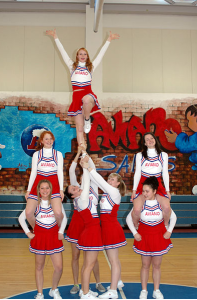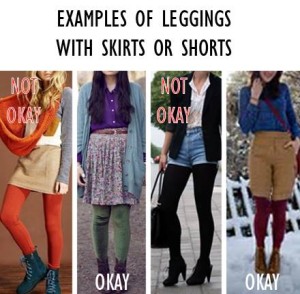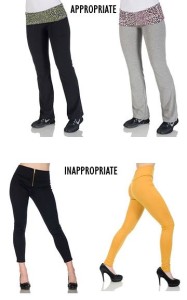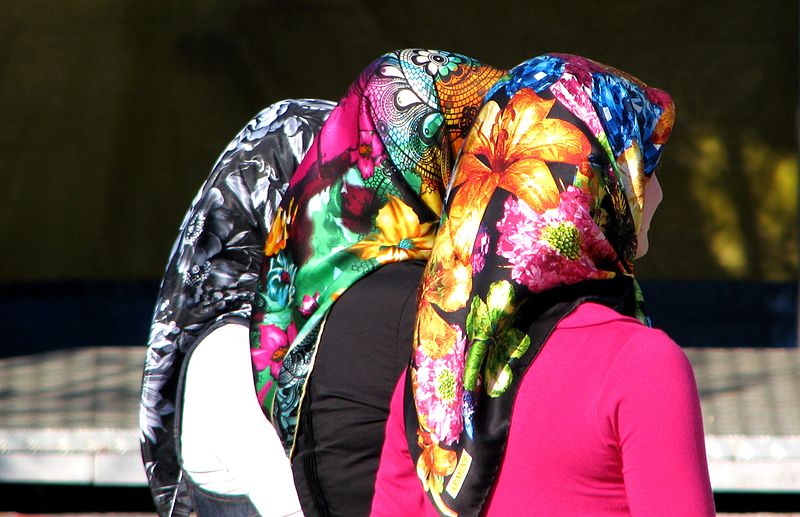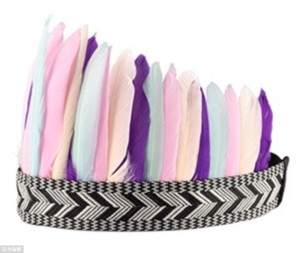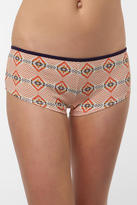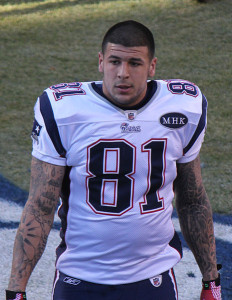Seeking to create a “sophisticated” and “family friendly” atmosphere, the organization running a Lincoln, Nebraska, “entertainment district” will reportedly enforce a dress code for those using its two outdoor courtyards.
 The “entertainment district” consists of two courtyards separated by a public street, which can be closed and made part of the district during special events. The courtyards also serve as an outdoor dining space for a number of restaurants. The area is across the street from Pinnacle Bank Arena, home of the University of Nebraska’s men’s and women’s basketball teams.
The “entertainment district” consists of two courtyards separated by a public street, which can be closed and made part of the district during special events. The courtyards also serve as an outdoor dining space for a number of restaurants. The area is across the street from Pinnacle Bank Arena, home of the University of Nebraska’s men’s and women’s basketball teams.
The dress code, as reported, would ban clothing with profanity, tank tops, cut-off shirts, exposed underwear, excessively long shirts, excessively baggy clothing, wave caps (see below), “any type of clothing that could be used as a weapon,” and “clothing associated with gangs.” In addition, “all hats must be straight forward or straight back and not to the side.” Private security guards, information “ambassadors,” and off-duty police officers will enforce the dress code.
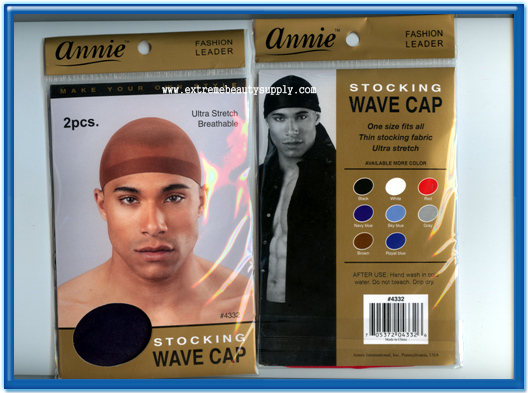
banned in the Lincoln “Entertainment District”?
The proposed dress code has already created some controversy in Lincoln, including worry that “those of certain demographics” will be unfairly targeted. Stefanie Warner, who oversees the district for the private operating company, reportedly stated that the project’s goal is “to create a more sophisticated and mature atmosphere for the young professionals we are trying to attract to the area,” “a family-friendly area,” and an area “unique from other areas of Lincoln.”
A vague dress code enforced on what might appear to be a public plaza (and street) by off-duty police officers seems like trouble. Those looking to challenge unfair expulsion from the “entertainment district” may be disappointed, however. While the Lincoln City Council created the district, and the dress code reportedly addresses council members’ security concerns, potential litigants will face the threshold issue of state action.
In the 2008 case of Villegas v. Gilroy Garlic Festival Association, discussed in Dressing Constitutionally, the Ninth Circuit affirmed summary judgment for the City of Gilroy, California, in a civil rights action brought by members of a motorcycle club. Off-duty police officers had expelled the club members from the Gilroy Garlic Festival, held in a public park, for violating a dress code. The “unwritten policy” in that case banned “gang colors or other demonstrative insignia, including motorcycle club insignia.” The Ninth Circuit held that the off-duty police action at the festival did not constitute state action: running festivals is not a “traditional municipal function” and the city was not a “moving force” behind the police enforcement of the dress code.
The Lincoln City Council has apparently ceded management of the “entertainment district” to a private organization, and the private organization will create and enforce the dress code. Although potential litigants might, for example, compare administration of a street and plaza to a “traditional government function,” they may, like the plaintiffs in Villegas, find the courthouse closed.
[images via 1 and 2]
 In her article, “Fashion police are no joke in some cities and schools,” over at Al Jazeera America, journalist Ada Calhoun explores the stories and people behind three controversies: sagging pants, Borgata “babes,” and students’ “I Heart Boobies” breast cancer awareness bracelets.
In her article, “Fashion police are no joke in some cities and schools,” over at Al Jazeera America, journalist Ada Calhoun explores the stories and people behind three controversies: sagging pants, Borgata “babes,” and students’ “I Heart Boobies” breast cancer awareness bracelets.
